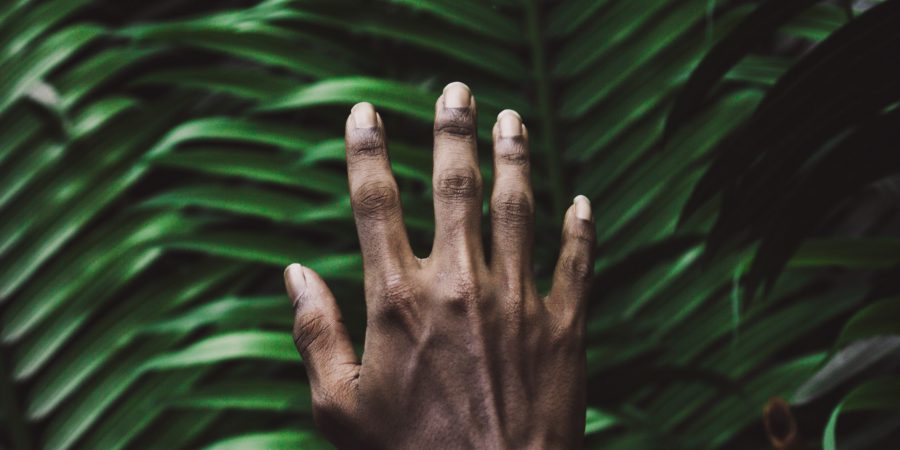A period once nicknamed and symbolized as the ‘New Negro in Vogue,’ ‘New Negro,’ or the ‘Harlem Renaissance’ indicated a point where equality in the arts was strived for due to the injustice in every other realm. In wages the South had a significant decrease compared to the north, there was a lack of proper education, and the segregation laws and rulings made it harder to stand up to the system with the creation of the NAACP (National Association for the Advancement of Colored People) and NUL (National Urban League).
Arturo Alfonso Schomburg, a Puerto-Rican collector or African-American art, noted the badge of the ‘New Negro’ as a way of taking capture of once displaced word. It became a signal of cultural awakening. In this chapter, Wall wanted to pinpoint the variety of artists during this time who influenced the era whether they were native visitors of Harlem or, missed the official start.
From writers to musicians and artists, the Harlem Renaissance was influenced in and by every art form possible. The building blocks from “blues and jazz, folk idioms, and urban vernacular” resulted in black modernism (5). Many of the well-known artists includes Countee Cullen, Langston Hughes, Claude McKay, Duke Ellington, Josephine Baker, and W.E.B. Bois who impacted the twenties and allowed black culture to be embraced.
Reading the names and descriptions of several influential writers, dancers, speakers, and influencers during the twenties became a new perspective. Some individuals are unheard of or discredited for their impact to the New Negro era. We think of a set box without expanding our view. It was inspiring to read about more impactors and even learn more about others that I heard of. I never knew how outgoing Josephine Baker was or her dancing style nor about Louis Armstrong changing the center of jazz- Chicago.
I question why the ownership of taking the ‘New Negro’ was essential and whether there was a mutual feeling for all under the umbrella of Harlem impact or if it was approved by some. I understand the notion of being new and refuting the old thought and displaced inequality of the word but, I wonder why and if every artist during the time had this mindset and inspiration in mind.
With these artists in mind, my current perspective is clearer. Reading about the person and their biography resulted in a personal understanding of the time period and their struggle with equality solely in the arts. In this way, what they fought for will be set personably and straightforward.
